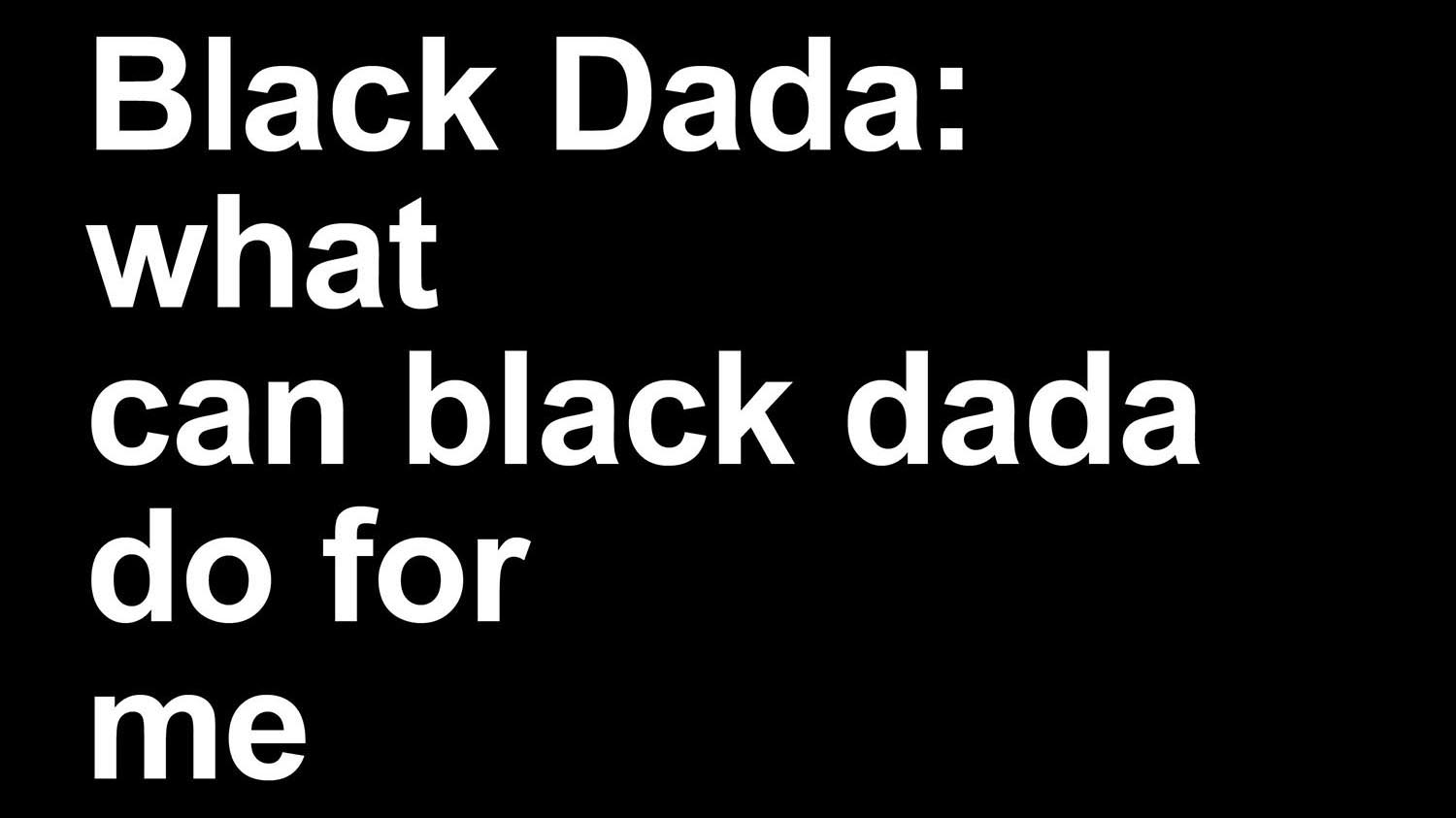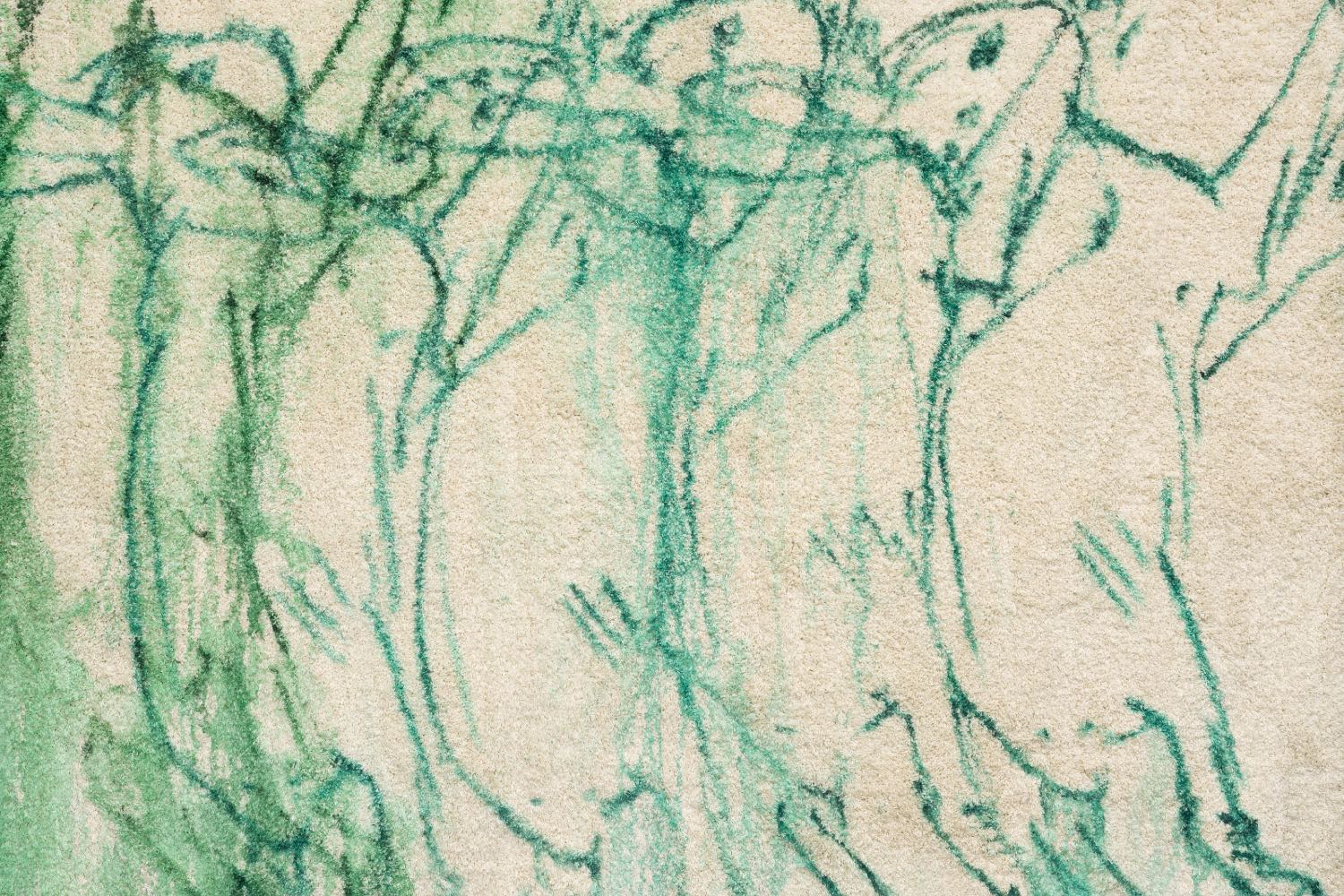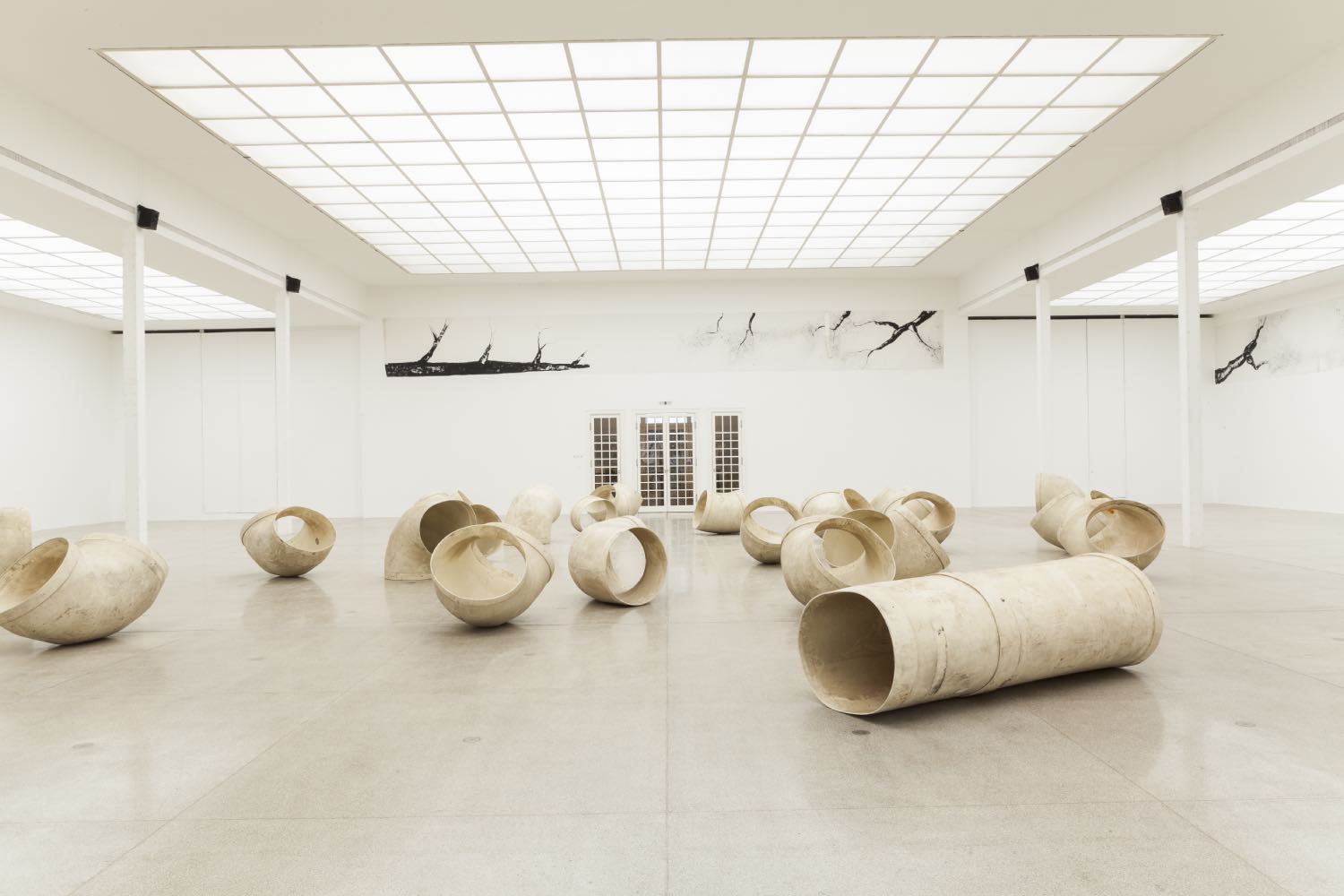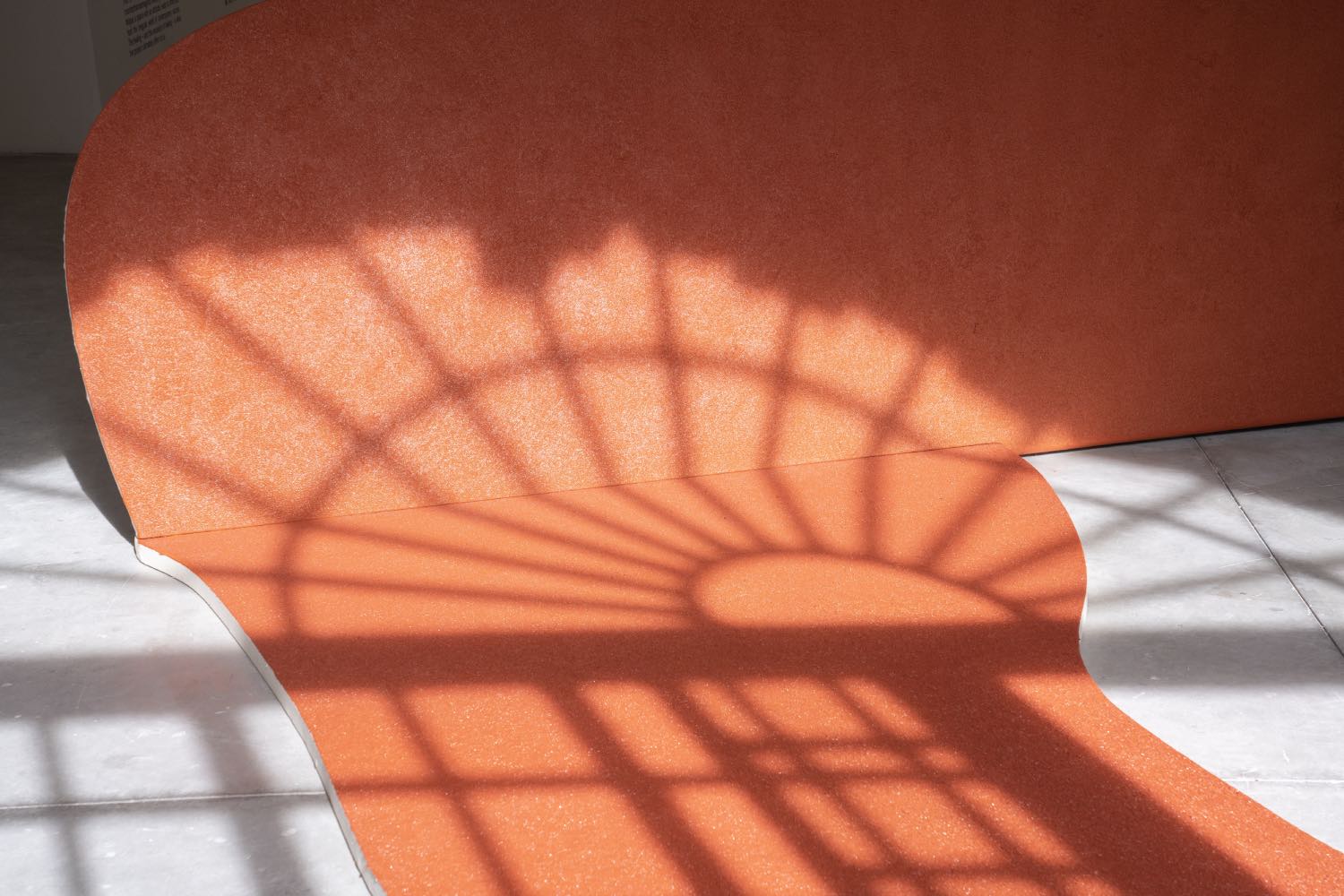
The assembled texts in Adam Pendleton’s Black Dada Reader (2017) are varied, difficult and niche in all the weirdest ways. Black Dada is a theoretical proposition, “a way to talk about the future while talking about the past,” the American artist explains in his manifesto. The poets and artists and literary theorists he selects each deconstruct, in their own way, the significance of both representation and language.
Although at first writings by the likes of Hugo Ball, W.E.B. Du Bois, LeRoi Jones, Ron Silliman and Gertrude Stein seem discordant alongside artist projects by Ad Reinhardt, Adrian Piper, William Pope.L, Sun Ra and Thomas Hirschhorn, under the general concept of Black Dada they function well because of how they inform one another. It is implied that in conjunction their ideas offer an approach to understanding Black Dada as a concept.
The nearly four-hundred-page hardcover book is an expanded version of a 2011 spiral-bound zine of photocopied texts Pendleton brought together to contextualize his work. This new version is organized into parts. It opens with several original essays by critics and curators presenting different interpretations of Black Dada and how it informs Pendleton’s performance, video, painting and photographic collage. Then the “FOUNDATIONS,” “LANGUAGE” and “ARTIST’S POSITIONS” sections round out a broad foundation of influences and exemplars of the concept.
Pendleton is concerned with black life and the absurdity of our present grammars of being. “It has been said that the master’s tools will never dismantle the master’s house, but what about the people the master treated as tools? That is, the ‘tools’ that were themselves capable of practicing abstraction, those three-fifths?” Pendleton asks in his afterword. “Black Dada is the name I borrow for the immanent historical possibility of this transformation: Black for the open-ended signifier projected onto resisting objects, Dada for yes, yes, the double affirmation of their refusal.” In many ways Dada allows a reconsideration of traditional “identity politics” discourses, which have been so inextricably tied to representation. Pendleton wants an afro-conceptualism. He suggests the subject-self can shift away from objecthood through abstraction, that politics are in fact an implicit part of abstraction.
In a very straightforward way, Black Dada Reader provides a theoretical background for engaging with Pendleton’s practice. By selecting the texts and outlining what Black Dada came from and can be, the artist deftly shapes an emergent concept.




